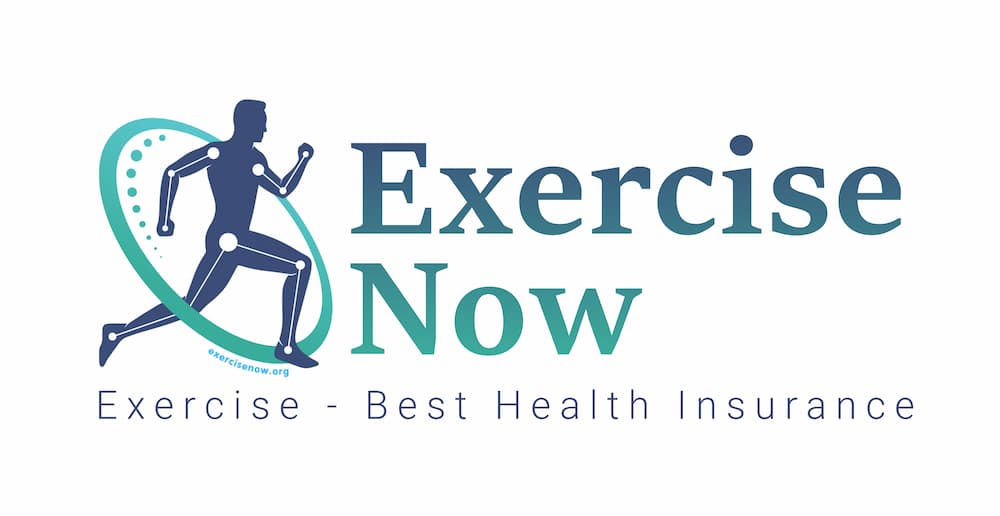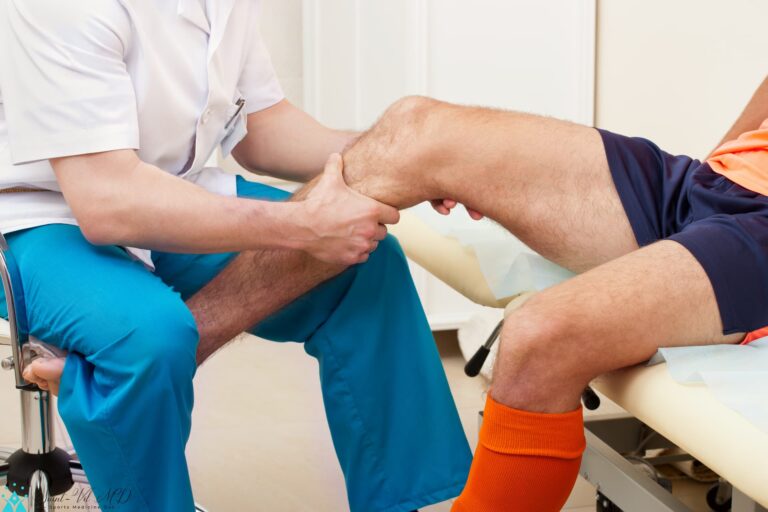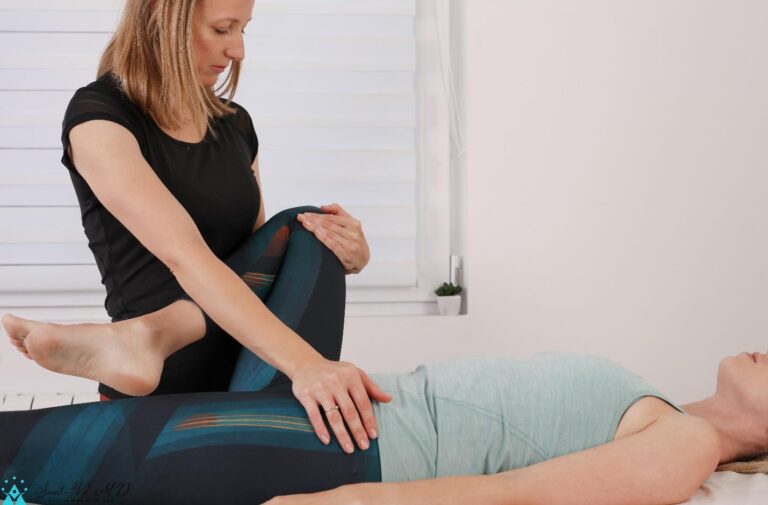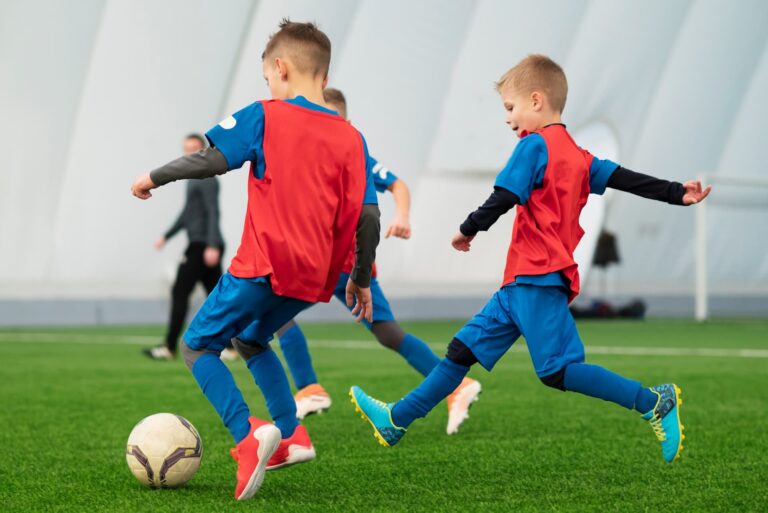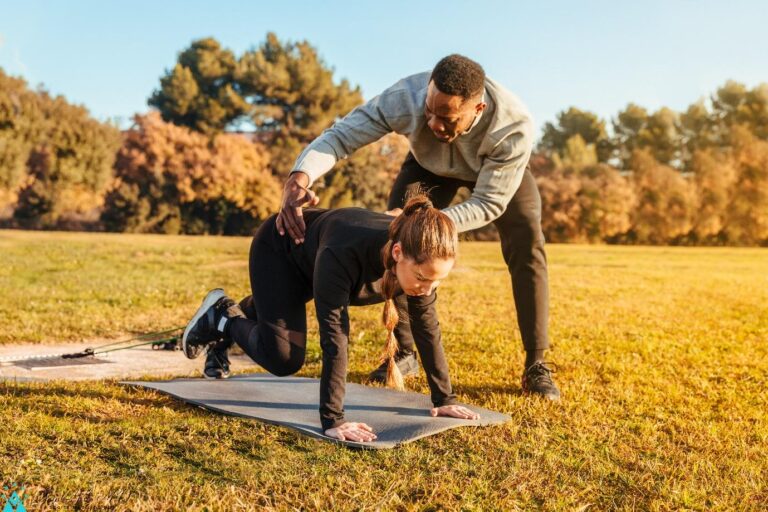
Getting Back to Exercise Safely after COVID-19
One might really struggle to get back to exercise, especially after a prolonged break. For some, this break could be due to covid-19 infection. For many, it may be due to covid-19 related restrictions or lockdown.
Whether you were infected by covid-19 or not, hitting the gym back after a break may have its challenges. Thus, there are some things to know. You lose earlier gains when you quit exercises, even for a few months. Therefore, being too enthusiastic may pose certain health risks, too.
Perhaps the best recommendations for returning safely to exercise come from ACSM (American College of Sports Medicine). Especially for those who had been affected by covid-19. Some people continue to experience persistent fatigue after a recovery.
Studies now show that this fatigue is due to low-grade inflammation of heart muscles called myocarditis in many cases. Those experiencing such issues must be careful as strenuous exercise may put them at additional health risks.
However, in those affected by covid-19, there could be other causes of concern like reduced lung capacity and complications affecting other organs.
Precaution while returning to exercises is especially vital for middle-aged and older adults, even without any signs and symptoms. It is because these are the people more likely to develop some complications when starting exercises again.
Thus, ACSM recommends that those above 50 and affected by covid-19 undergo thorough heart examination before returning to exercises. It is generally done using an electrocardiogram (EKG) and through some blood tests.
Even younger adults should ensure that they can easily perform daily activities before getting back to exercise. For example, one should ensure that one can easily walk 500 meters without fatigue or shortness of breath. Additionally, it is good to increase exercise intensity gradually.
It is suitable for athletes to minimize exertion for two weeks and gradually increase exercise volume. However, it is important to understand that body needs time to return to its previous fitness level.
Whether or not you are affected by covid-19, a prolonged break from exercise causes significant degradation in cardiorespiratory health. Thus, the main recommendation is to return to physical activity gradually.
It is good to return to play in stages:
- Stage one- recover and rest
- Stage two- light activity
- Stage three- moderate activity
- Stage four- Intense training
- Stage five- Normal or training as usual with no additional precautions
Although there is no clear consensus regarding how long each stage should last, as it would depend on individuals’ age and health status, ten days would be fine in most cases. Before moving to stage two, a person should be symptom-free for at least a week.
FITT (frequency, intensity, time, and type) should also be adjusted when getting back to exercise. Frequency means starting with fewer days a week. Similarly, starting with low intensity and time means fewer minutes per session. In the case of type, it means care in selecting endurance or strength exercises.
Those engaged in strength training should follow the 50/30/20/10 formula. This means starting with a 50% reduced workload for the first week, then 30%, etc. Additionally, it is a good idea to begin with more considerable rest periods initially like 1:4 (one-minute workout followed by four minutes of rest) and then progress to 1:3 and 1:2 gradually on a weekly basis.
Physical activity is also vital for children and adolescents. Moreover, they are most affected by covid related restrictions, resulting in considerable weight gain. Thus, they need to start exercising again, as quickly as possible.
American Academy of Pediatrics has come up with some recommendations for children. Moreover, it is a category of the population that is less likely to have issues getting back to exercises. Thus, a less precautionary tone of the academy. Instead, AAP recommends children get back to sports and physical training as soon as possible or approved by local authorities.
Nevertheless, even children should start gradually, beginning with 25% of their usual ability. And then it is a good idea to increase exercise volume by about 10% every week.
To conclude, getting back to exercise is good for health. However, without precautions, it may cause more harm. Therefore, it is good to increase exercise volume slowly and practice all precautions. If you readily feel fatigued, getting examined by a doctor may be the right choice.
